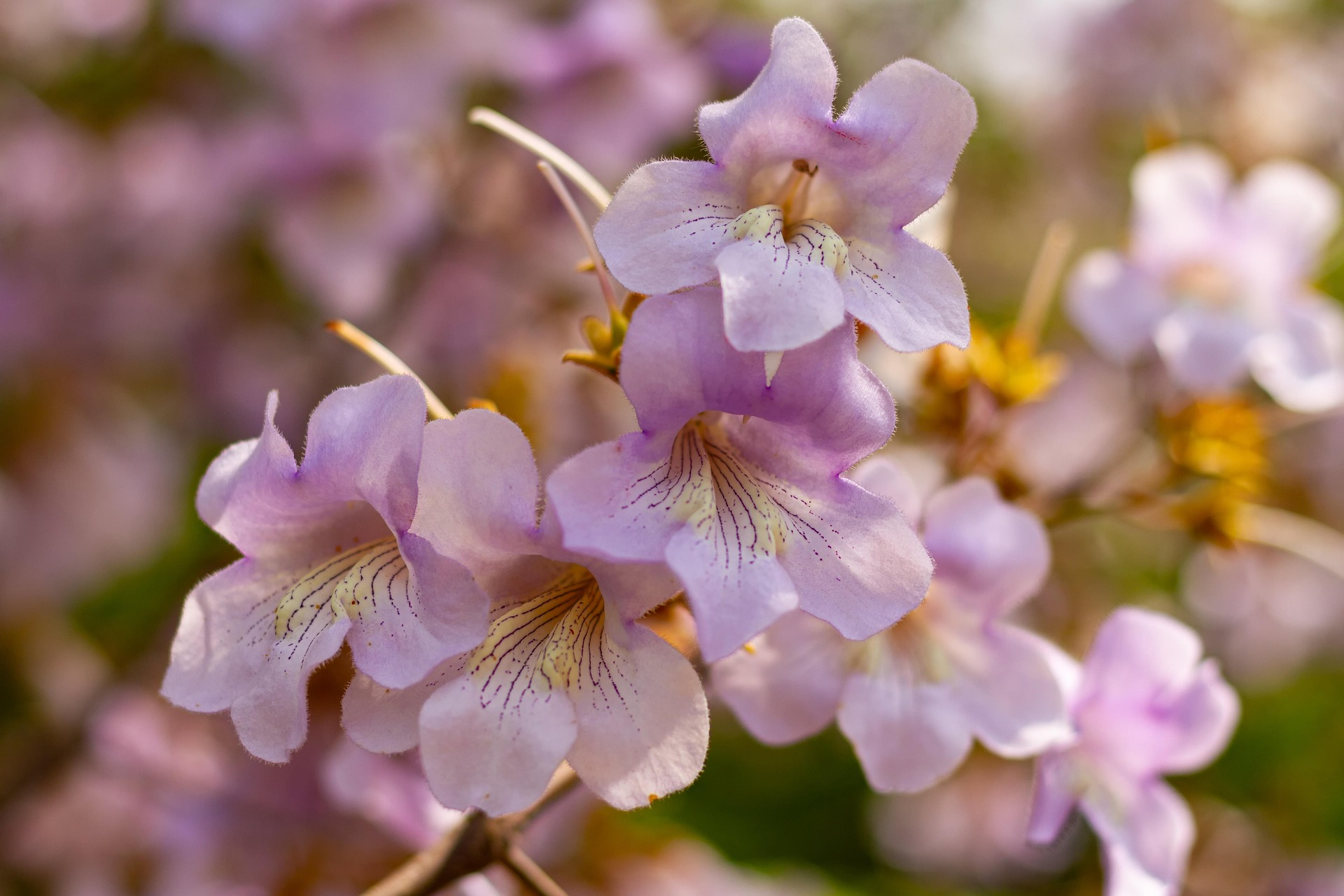The Paulownia tree offers a promising solution for sustainable timber and lumber production. It grows rapidly and adapts well to controlled environments.
This fast growth makes it possible to produce valuable timber and lumber in a much shorter time than traditional hardwood trees. Sustainable cultivation of Paulownia trees within the environmental programs can help reduce illegal logging by providing an alternative income source and valuable wood that matures quickly and regenerates naturally.
The money generated by harvesting the timber and lumber of the Paulownia trees can be substantial. It is theoretically possible to replace the money lost from the illegal harvest of hardwoods like teak and mahogany. It further reduces the risks associated with illegal industry practices.
Growth and Cultivation Timber and Lumber from Paulownia Trees
Paulownia trees can grow up to 10 to 15 feet in a single year under ideal conditions. They thrive in well-drained, fertile soils with adequate sunlight and water. Farmers and foresters carefully select suitable land and prepare it by removing weeds and ensuring proper soil quality. Planting saplings during early spring or fall helps the trees establish strong roots.
One important feature of Paulownia is its ability to regrow from the stump after harvesting. This means the same tree can produce multiple harvests without the need for replanting. This characteristic supports sustainable forestry by maintaining forest cover and reducing labor and costs. However, they do need to be properly managed given how fast they grow.
Such rapid growth rates will allow these trees to choke out surrounding growth and destroy whole ecosystems. The trees, despite the capacity for timber and lumber production, can be harmful if it is allowed to grow unchecked. They do however, provide some amazing results when properly managed.
Production of Veneer Logs in Eight Years
Paulownia trees can produce veneer logs in as little as eight years. Veneer logs are high-quality timber pieces used in fine woodworking, furniture, and paneling. The rapid growth rate and straight trunks of Paulownia make it ideal for veneer production. Proper management, including pruning and thinning, helps improve wood quality and size.
Compared to traditional hardwoods like Teak and Mahogany, which take decades to mature, Paulownia offers a much faster return on investment. This speed can attract farmers and communities to grow Paulownia instead of relying on illegal harvesting of slow-growing hardwoods.
Veneer logs may be the most valuable part of the timber and lumber from the Paulownia trees but smaller harvests can often begin in as little as two years. The Paulownia wood becomes very hard, but also brittle, making it unsuitable for load-bearing capacity in construction. It still has many practical applications, even in smaller forms.
Uses and Benefits of Paulownia Timber and Lumber
Paulownia wood is lightweight, strong, and resistant to warping and decay. These properties make it suitable for many uses, including furniture, cabinetry, musical instruments, construction, and even bioenergy. Its light weight also reduces transportation costs and carbon footprint.
For local use within larger reforestation programs, the timber and lumber can be used to make furniture for new homes for the formerly indigent populations. Furniture, arts, crafts, and other creations may also be sold online, providing an additional source of income for residents and the larger Local People’s Organizations and Rural Development Centers.
The versatility and fast growth of the timber and lumber collectively create economic opportunities for reintegration programs, farmers, and local businesses. Sustainable Paulownia plantations within the larger reforestation programs can produce a steady supply of timber without harming the entire ecological system. This reduces pressure on endangered hardwood species and helps protect biodiversity.
Economic and Environmental Impact
Growing Paulownia trees in controlled environments can replace income from illegal timber harvesting. Many people involved in illegal logging depend on slow-growing hardwoods for their livelihood. By offering a fast-growing, valuable alternative, Paulownia plantations provide legal and sustainable income sources.
Environmentally, Paulownia trees help sequester carbon dioxide quickly, contributing to climate change mitigation. Their root systems reduce soil erosion and improve land quality. The ability to regrow after harvest maintains forest cover and supports ecosystem health.
There is an environmentally important advantage is the root system. The tree maintains the same root system even after harvesting. This helps prevent soil erosion because the roots hold the soil firmly in place. This is especially useful on slopes and areas prone to erosion.
The roots of the Paulownia tree also help remove hazardous toxins from the soil. This process, called phytoremediation, cleans polluted land by absorbing harmful substances. This makes the land safer for farming and other uses.
The leaves of the Paulownia tree provide valuable supplemental feed for livestock. They contain nutrients that help improve the health and growth of animals. Farmers can use the leaves as a natural and low-cost feed option.
Additionally, the Paulownia tree grows quickly and produces large amounts of oxygen. It also absorbs carbon dioxide from the air, helping to reduce greenhouse gases. The tree provides shade, which can protect crops and animals from extreme heat.
Paulownia Timber and Lumber in Review
Paulownia trees represent a valuable crop for sustainable timber and lumber production. Their rapid growth, ability to regenerate, and versatile wood make them an excellent alternative to the illegal harvesting of traditional hardwoods. The rapid growth and quality of the timber and lumber reduces the potential for financial hardships for those transitioning to legal activities.
Producing veneer logs in as little as eight years offers a fast return on investment. Controlled cultivation of Paulownia trees supports both economic development and environmental conservation. It offers a practical path toward sustainable forestry and systemically sustainable human growth and development.

